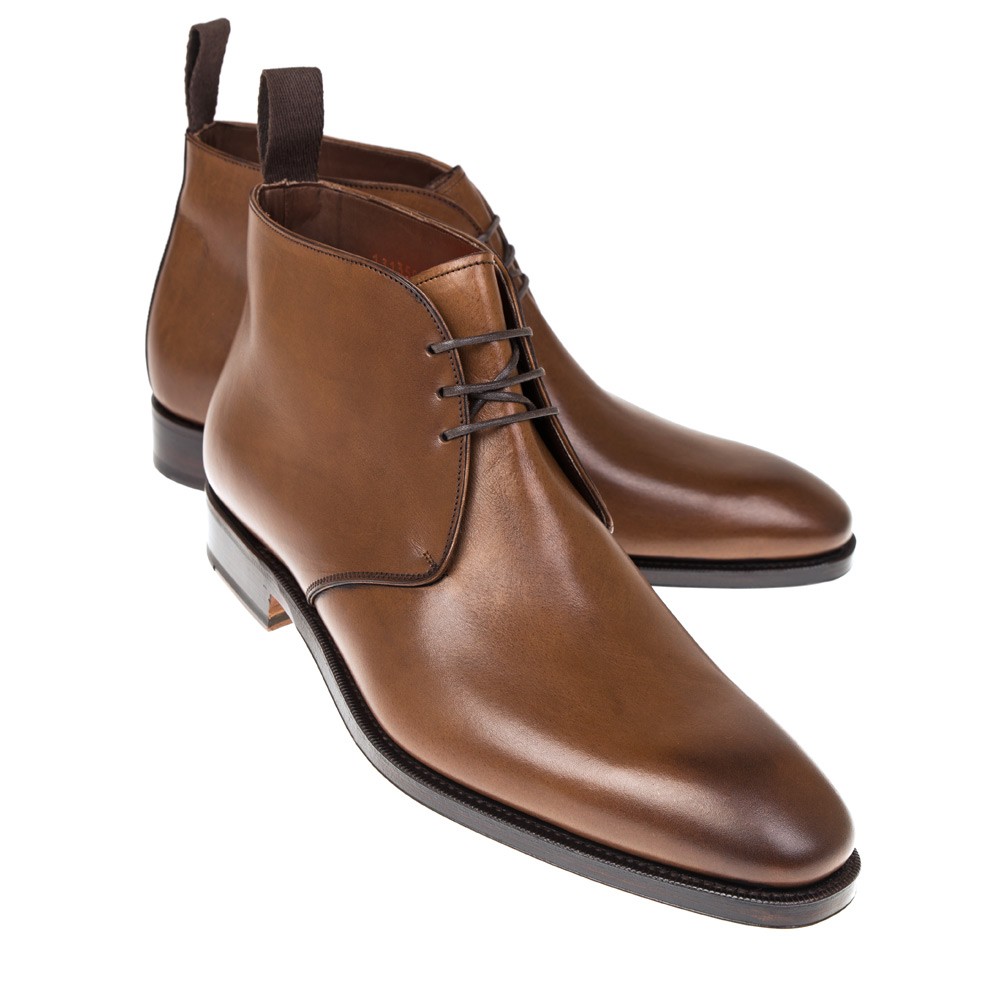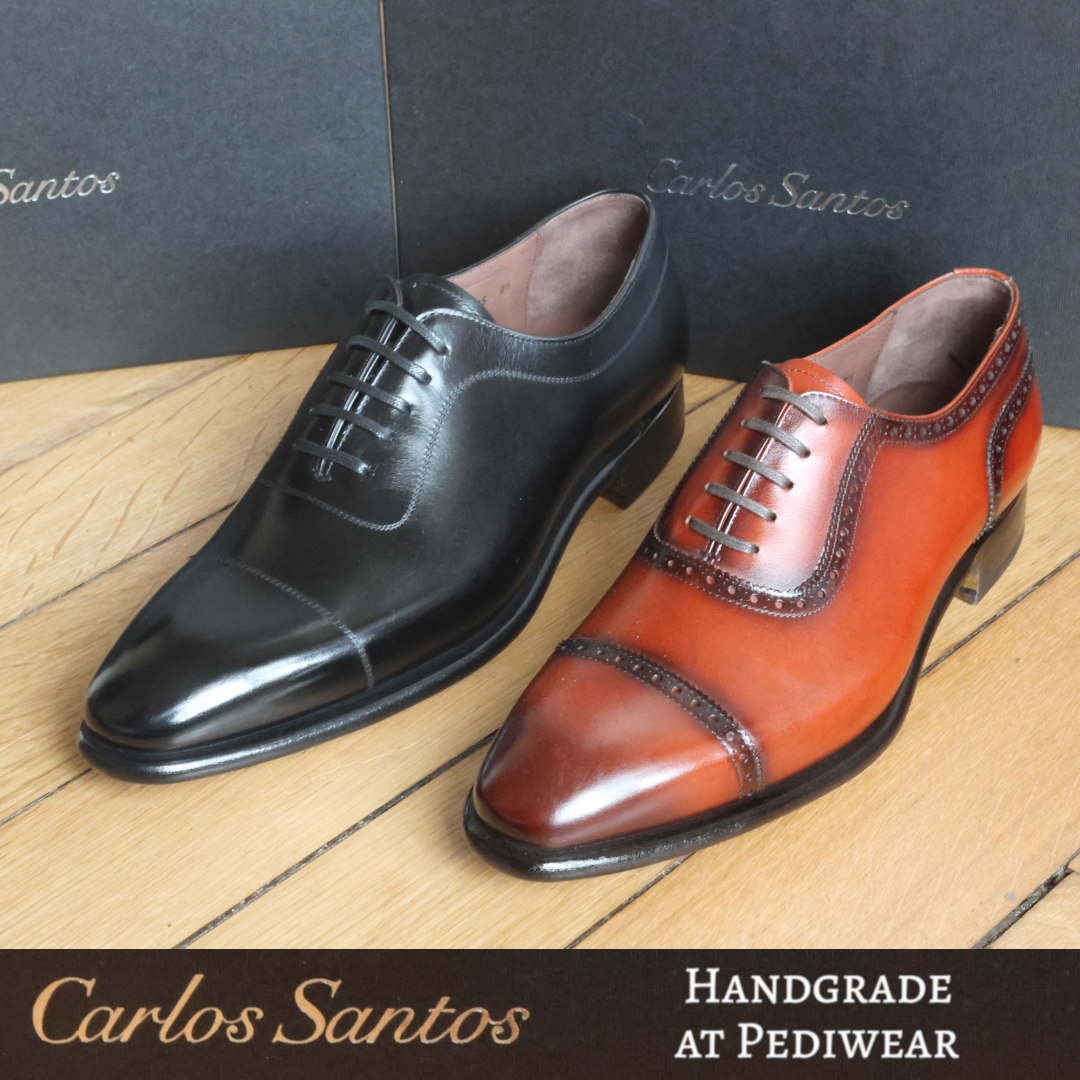DapperDan15
Senior Member
- Joined
- Mar 5, 2015
- Messages
- 150
- Reaction score
- 80
In a world where about 75% were lower class making £2 a week I’m not sure how anyone could argue that a majority or large minority were getting good bespoke work done. It’s pure fu*king fiction. Just because something didn’t come off a factory line doesn’t make it bespoke.
Fashion right now is wonderfully available and democratic. Theres no gate keeper making sure you’re worthy. You lose some on the guidance and taste and have to make your own mistakes but everyone’s got access if they want it.
What exactly is "democratic" clothing? Since my suits don't exactly walk out and vote badly on their own, I guess what you mean is something more like "more accessible to the vast majority." But is an apple really that much more "democratic" if I offer it to the world, but at the cost of $5,000 USD?
In 1876, having a normal suit made at a West End tailor would cost 6 pounds 10 shillings. Bear in mind that this price is for truly bespoke, luxury suits from Savile Row or a more or less equally skilled tailor in the city of London. Bear in mind also that this could be purchased on a credit system, which means the cash wasn't even due for years to come.
According to some authorities, this cost represents less than four week's wages for the lower classes of the day. The cost of a suit from a respectable, but not Savile Row, tailor would be even less: 4 pounds, 4 shillings. The cost of a suit of ready-made clothes? 2 pounds, 5 shillings. I don't know about the rest of the forum, but I'm certainly not making $10,000 every three weeks, which is about the cost of a good suit from Savile Row today (and they won't even give you credit).
Would the majority of people back then have saved up enough to buy such a suit, instead of the cheaper ready-made stuff? Probably not. More importantly, the tailors would probably refuse to make for them. But I don't think the idea that "good bespoke" was completely out of reach of many people in the past because of cost is really a tenable position.
Are our "apples" (suits) really that much more democratic because we make them "accessible" but charge $10,000? I'd say they effectively aren't.
Last edited:

















